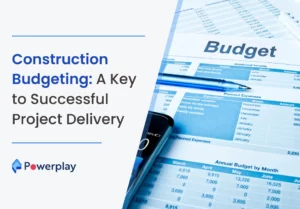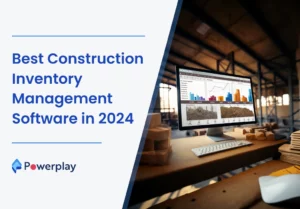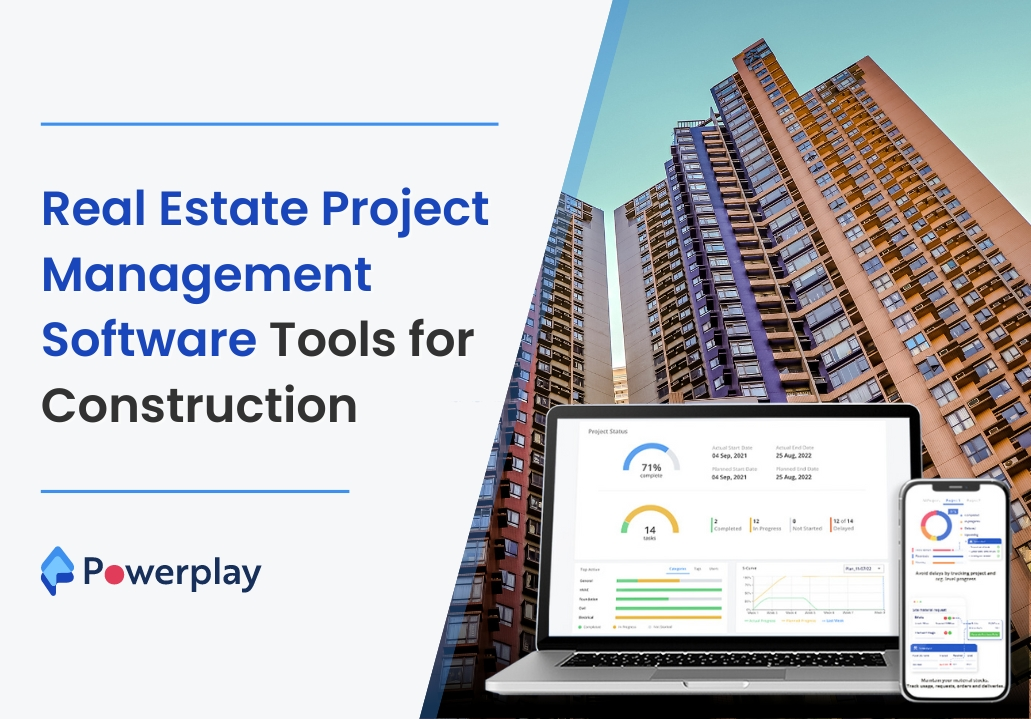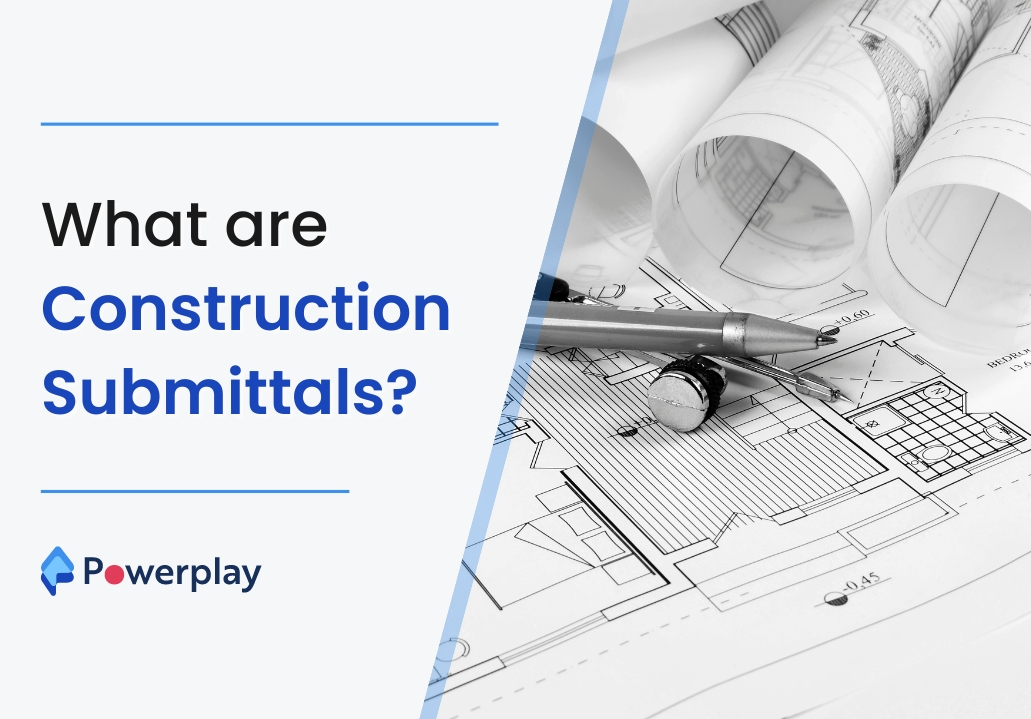Effective Ways to Keep Up With Equipment Maintenance
-
Kumar Abhishek Anand
- October 11, 2023
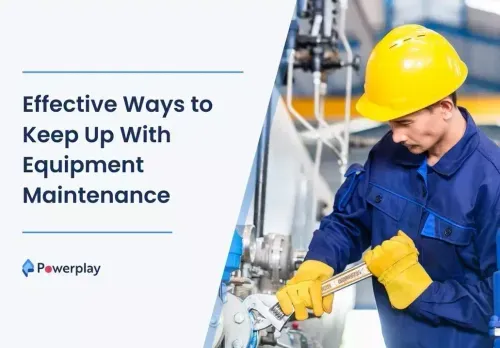
A large variety of tools and equipment spans the construction industry. However small the construction project may be, a specific set of tools and equipment is always on all construction sites. Construction tools are generally used on sites to perform distinct tasks, including processing materials, working on structural components, handling resources, etc.
To bag more construction projects, contractors must purchase heavy and essential equipment. This heavy equipment needs to be used with utmost care and requires maintenance regularly for smooth functioning. Being proactive about heavy equipment helps in avoiding expensive downtime. Regular maintenance also helps predict equipment malfunctioning, which helps find a solution in advance.
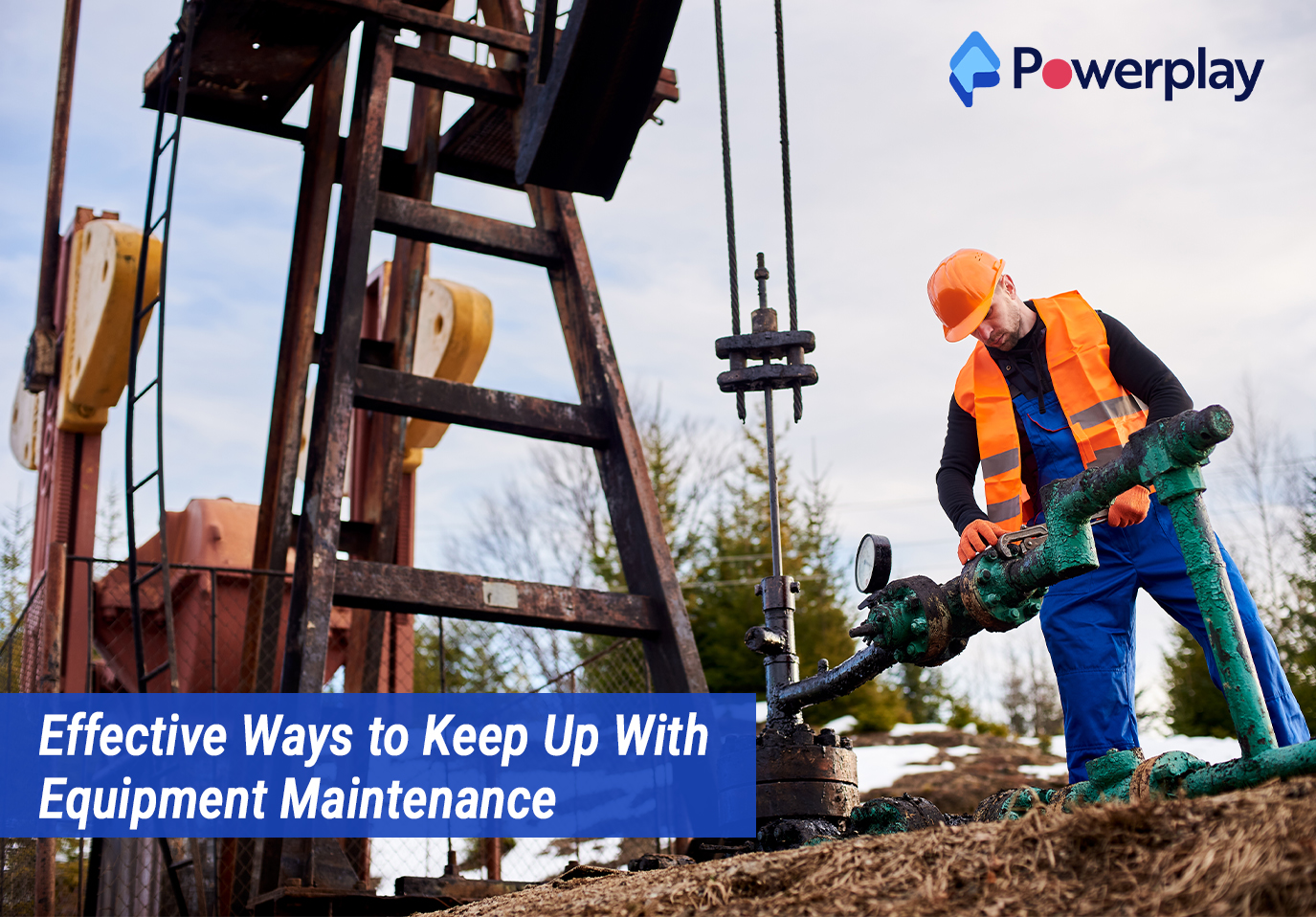
Maintenance of equipment provides benefits in the form of the following:
a. Increased Resale Value
b. Reduced Downtime
c. Increase in equipment life
d. Control service intervals and cost.
Table of Contents
ToggleMaintenance Types
Construction equipment maintenance can be broadly classified into two steps, routine maintenance, and preventive maintenance. Routine maintenance is a kind of regular maintenance already scheduled for this distinct equipment. Regular maintenance includes changing oil, testing parts, testing pressures, and checking fluid levels.
Preventive maintenance, on the other hand, is a kind of maintenance that is done while predicting the malfunctioning or breakdown of heavy equipment. Adequate steps or measures are taken to prevent potential equipment failure and take preventive action before it fails.
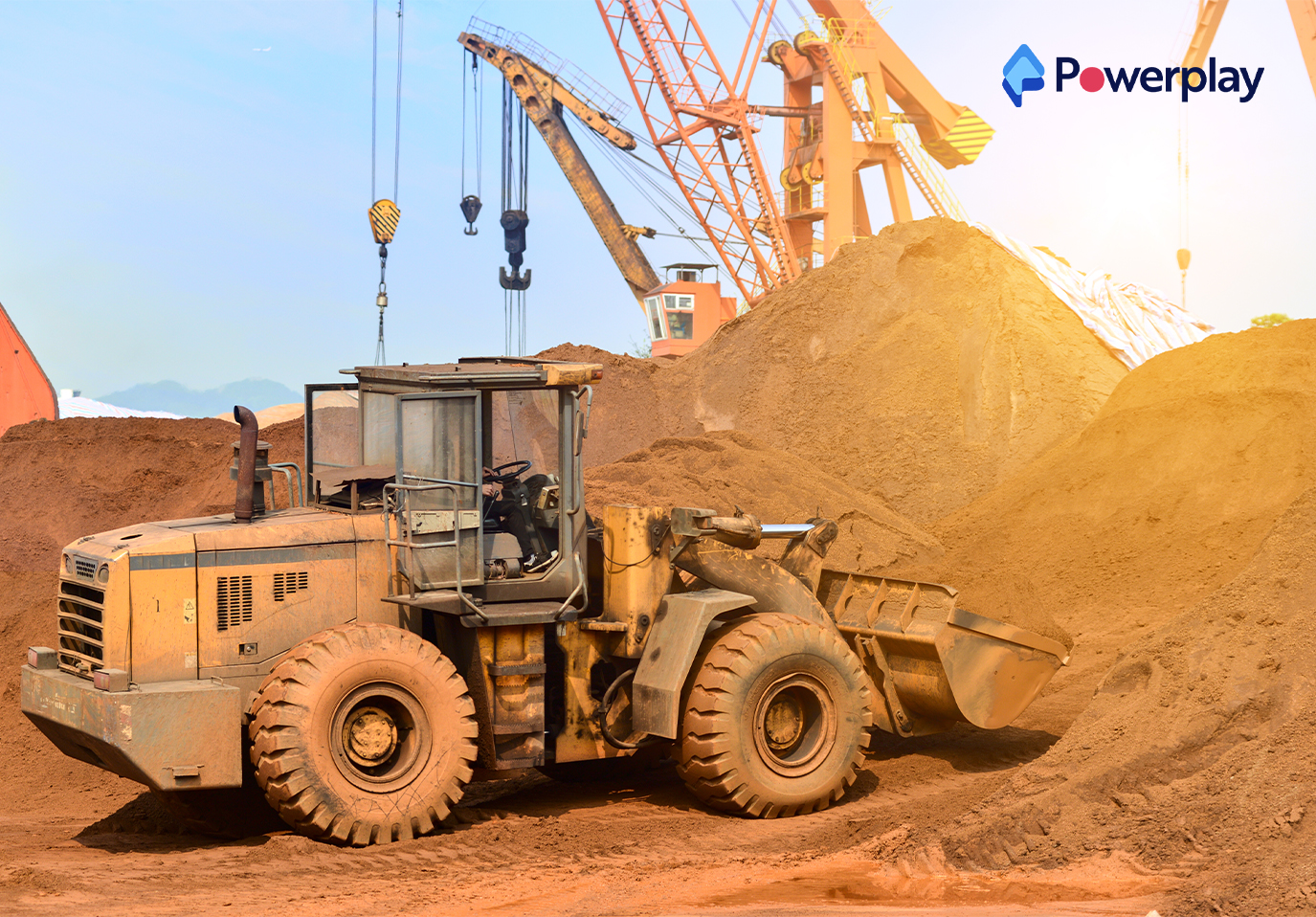
Importance of Construction Equipment Maintenance
Equipment maintenance is essential because of the following reasons:
1. Long Life- Routine and preventive maintenance activities result in longer life of the equipment. The longer life of the equipment is beneficial for the project but also with its availability status so that it can be used whenever required.
2. Availability- If any malfunction occurs with equipment, it not only makes them unavailable for use but also unprofitable due to its unavailability. The construction equipment’s repair cost also increases when it has to be moved from one location to another for repair. On top of all these excess costs, the equipment operator sitting idle until the equipment has been repaired has to be paid in full, making them unproductive and lazy.
3. Increased Costs- When a piece of construction equipment has malfunctioned during its requirement, excessive costs must be spent on the repair and the time they cannot be used. Irregular construction equipment maintenance often results in compound failures that are very expensive to repair.
4. Confidence- Construction equipment operators must be confident while using that equipment, which can only happen when the equipment runs smoothly and efficiently. When equipment is properly maintained, the operator has confidence in working, and the performance and output are increased due to the equipment’s reliability. Any operator will hesitate and not feel confident operating poorly maintained equipment.
5. Safe Equipment- The presence of heavy equipment on a construction site calls for proper safety measures that have to be followed. Thus, well-maintained equipment is certainly safer than poorly maintained construction equipment.
6. Legal Issues- Any accident caused on a construction site due to poorly maintained construction equipment can result in fighting lawsuits. Construction equipment must be maintained properly to decrease the probability of this heavy expenditure burden.
Effective Equipment Maintenance Tips
Regular maintenance of equipment aids in controlling the cost of the construction project. It is an important factor in achieving goals related to the project outcomes by getting the most out of an investment. Routine and preventive maintenance not only helps reduce repair and maintenance costs but also maximises profit and production speed.
Several tips have been mentioned below that can be followed to use and maintain construction equipment properly and effectively.
a. The usage of equipment must be done as recommended by the manufacturer.
b. The different types of construction equipment must be sent for repair and maintenance or on the site itself without any delay to guarantee its efficient working.
c. Equipment maintenance guides and rules must be set per the construction site requirements.
d. Construction equipment must be selected specific to the task requirement and not in excess or less in terms of power or size. Construction equipment like earth moving equipment, material handling equipment, etc., must be used according to the tasks.
e. Schedule proper training programs for equipment operators to improve their operating skills.

f. Construction equipment should be operated with proper safety precautions and only if it is safe enough in its condition to be used. Specific individuals with the necessary prior training for the equipment must only be allowed to operate it.
g. Checklists must be prepared to track and maintain all construction equipment on site.
h. Major and common types of construction equipment failure should be learned in advance, and solutions must be prepared beforehand to overcome those equipment failures. These types of failure can be –
h1- Sudden failures can be most serious and damaging to the construction equipment. These failures come with almost little or no warning without any contingency plans. Their repair costs and downtime requirement cannot be estimated until diagnosed. The best way to deal with them early is to prevent them during routine maintenance.
h2- Intermittent failures are entirely erratic behaviour causing the equipment to stand idle for a while. This kind of failure may cause slight downtime and unwanted repair expenses.
h3- Gradual failures occur slowly and over time due to the wear and tear of the equipment from regular usage. These types of failures grant sufficient time for the equipment to be repaired as it is a failure that occurs in several steps or in a continuous way. It is easily recognisable and also easy to repair.
The most probable causes of these failures are thermally induced, mechanically induced, and erratic.
- Training employees to operate construction equipment more effectively and skillfully. The cost spent on training is probably the best ROI task.
- To prevent construction equipment from malfunctioning, adherence to factory or task-recommended maintenance intervals is necessary.
- Process guidelines and regulations for equipment maintenance must be set to cover the maintenance of all equipment parts on a scheduled basis.
Construction equipment forms the foundation for creating civil structures from scratch. Without the timely availability of this equipment, construction projects can come to a halt. These scheduled equipment maintenance can be carried out smoothly and easily using project management tools, specifically construction management software.
Mobile-based applications are beneficial, given their ease of access from any remote location. Track, monitor, and manage your construction projects with Powerplay, a one-stop Cloud-based solution for all your construction management needs. Our customers are saving up to 7% on their overall project cost.
So, what are you waiting for? Power Up Your Construction with Powerplay today!!
Request a Demo to learn more.
Share
Kumar is a digital content professional with more than 2 years of experience in Blog writing, copywriting and scripting. His passion lies in the art of creating convincing content that plays a major role in converting leads for SAAS businesses.
